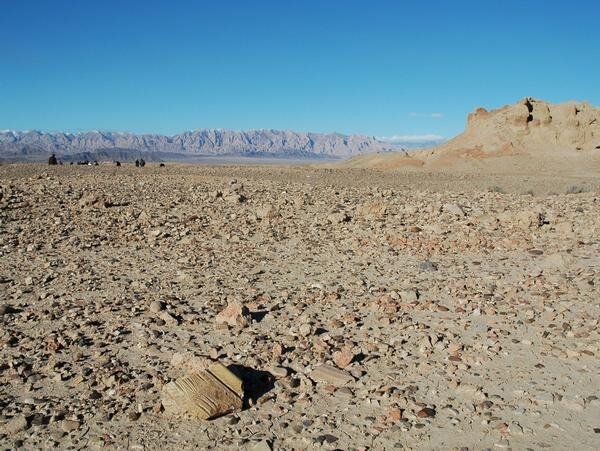Iran resumes archaeological exploration at ancient Qumis

TEHRAN – A new round of archaeological exploration has been commenced at the ancient Shahr-e Qumis in Damghan, north-central Iran, which was once one of the capital of the Parthian Empire (247 BC – 224 CE).
“This [round of] exploration aims to document archaeological remains of the site by the means of remote sensing and field observations in order to identify the reasons for the formation of the site as a goal of this multi-year project,” ILNA reported.
The project is led by Iranian archaeologist Kourosh Roustaei under the supervision of Iran’s Research Institute of Cultural Heritage and Tourism.
Today, the plain of Shahr-e Qumis is absolutely deserted, but everywhere, one can see the remains of an old city, which was, according to the Greek author Appian of Alexandria, founded by the Seleucid king Seleucus I Nicator, according to Livius.org; a website on ancient history written and maintained since 1996 by the Dutch historian Jona Lendering.
Shahr-e Qumis comprises several ancient mounds. Only a few of them have been properly excavated, and the area between them has mostly been ignored. The field of shards at Shahr-e Qumis measures some 7 by 4 kilometers or 28 square kilometers, which suggests that it must have boasted tens of thousands of inhabitants.
Some say that Alexander the Great stopped here in Shahr-e Qumis in the summer of 330 BC and it became part of the Seleucid Empire after his death. Qumis was destroyed by an earthquake in 856 CE, and it was probably abandoned afterward.
AFM/MG
Leave a Comment